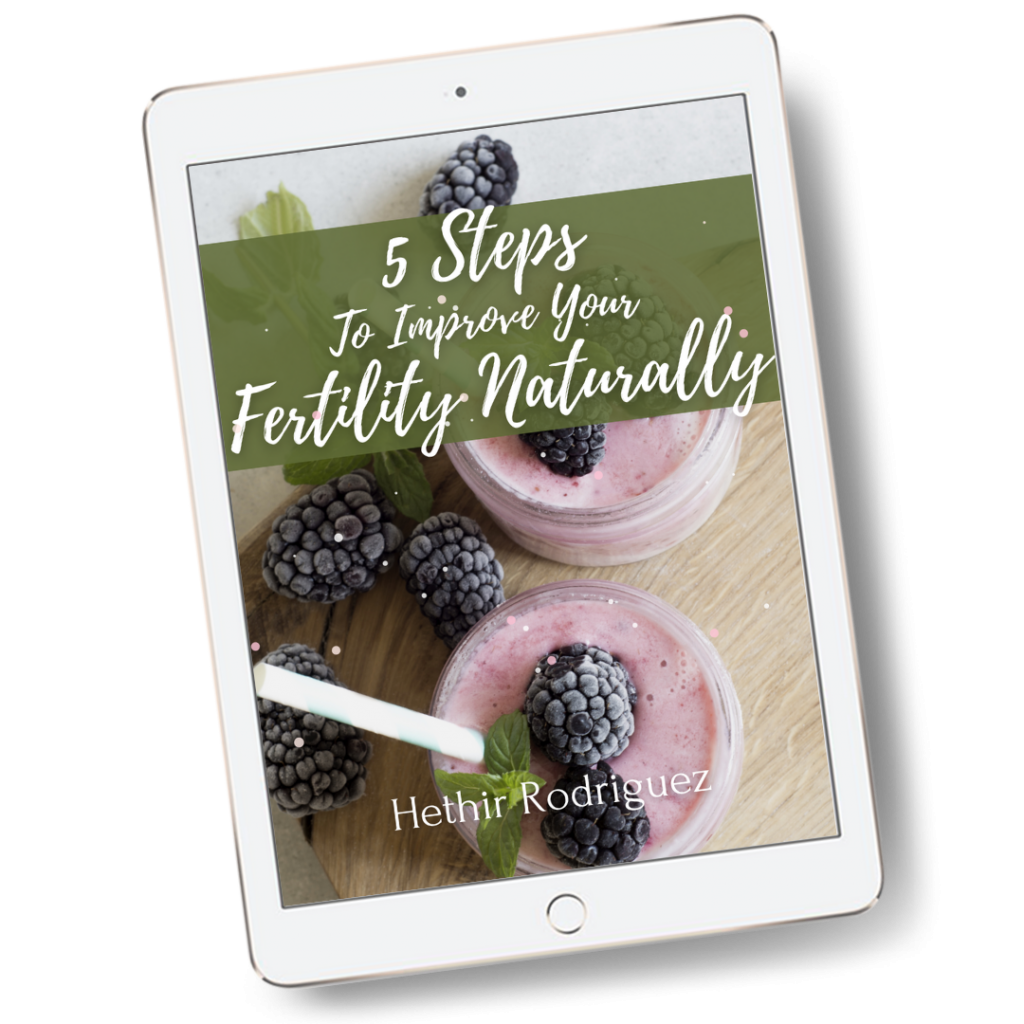In part 1 of this series, I discussed what the Fertility Awareness Method (FAM) is and what makes it such an empowering practice. Fertility charting is not generally meant to be a final answer when it comes to diagnosing health conditions, but it can be a powerful tool to have under your belt. Below you will find brief outlines of common female health concerns and how they might be reflected on FAM charts.
Thyroid Imbalances
The most visual aspect of charting with FAM is the graph produced by the basal body temperatures (BBT) recorded daily. For women who are ovulating, BBT will be lower during the follicular phase, averaging between 97.0 and 97.7 degrees Fahrenheit. There will be a thermal shift following ovulation and temperatures will remain higher during the luteal phase. The normal range of temperatures for the second half of the cycle is about 97.8 and up into the 98s.
Studies have shown that BBT is an accurate indicator of thyroid health. Certain patterns of very high or very low temperatures are almost always linked to hyperthyroidism or hypothyroidism, respectively. There are many medical professionals who feel that BBT can be a better indicator of thyroid health than a TSH (thyroid stimulating hormone) blood test. The range of TSH that is considered healthy and normal can vary quite a bit from one individual to another and different labs use different ranges when analyzing results. Very low temperatures almost always mean the thyroid is not functioning as well as it should.
Here is how thyroid dysfunction might show up on charts:
Luteal Phase Defect (low progesterone)
Progesterone is the hormone that is dominant in the second half of the menstrual cycle. Low progesterone can cause what is termed luteal phase defect. This can be caused by the corpus luteum in the ovary not producing enough progesterone, or the lining of the uterus not responding properly to progesterone. Low progesterone can interfere with implantation, success of a pregnancy, and can be implicated in a host of issues such as estrogen-dominance, PMS, menstrual cramps, endometriosis, thyroid disorders, recurrent miscarriages, and infertility.
A woman may have a cycle of average length, say 29 days and so assumes she is having normal, healthy cycles. But with charting, she might realize that she is ovulating slightly later than average, on day 19 and has a luteal phase of only 10 days. A healthy luteal phase is generally between 12 and 16 days long. So this would indicate that she likely has low progesterone.
Here is how low progesterone can manifest on charts:
- Luteal phase shorter than 11 days
- BBT zigzags up and down around ovulation
- BBT not consistently high during the luteal phase
- BBT dropping to pre-ovulatory levels several days before menstruation, or throughout the luteal phase
- Spotting (light bleeding) for several days leading up to actual menstrual flow
Polycystic Ovarian Syndrome (PCOS)
PCOS is a common hormonal disorder that causes developing follicles that are normally ovulated each month to remain trapped inside the ovary, which eventually causes them to turn into cysts. This may prevent future ovulation and cause very irregular cycles.
In women with PCOS, there is generally an excessive production of testosterone, luteinizing hormone (LH) and follicle stimulating hormone (FSH). PCOS is also linked to insulin resistance. Some women have very long cycles and can experience pain caused by the cysts, while other women may be unaware that they are suffering from PCOS.
Here are some of the ways this condition might manifest on charts:
- Long & irregular cycles, often 40+ days long
- Several anovulatory cycles in a row, where no clear thermal shift is noted
- Several patches of fertile quality cervical fluid spread out throughout long cycles
- Continuous production of fertile cervical fluid
- Excessive or very heavy menstrual flow
Recurrent Miscarriages
It might come as a surprise for you to hear that it is possible and even common for women to be unaware that they had an early miscarriage, also sometimes called a chemical pregnancy. Women who have irregular cycles are more likely to be unaware that they have experienced a chemical pregnancy. Being able to identify these losses is important because repeat miscarriages can point to a number of health conditions.
For someone struggling with infertility, not being able to get pregnant and having repeat miscarriages are two very different ball games and will likely require different treatments.
To understand this issue, it is important to know that the length of the luteal phase generally does not vary much from cycle to cycle. It is more likely for the day of ovulation to vary a little bit.
➞ If a woman’s menstruation comes a few days late, it can be easy to dismiss – it could indeed mean that ovulation occurred a few days later than usual, which caused the entire cycle to lengthen. This is not that unusual.
➞ If ovulation took place on the same day as usual, but the luteal phase was suddenly several days longer than normal, with sustained high temperatures before bleeding began, it is possible that this was in fact a chemical pregnancy.
Important: If a woman was experiencing a longer than average luteal phase while charting, she would know to take a pregnancy test and would be able to confirm her pregnancy. Without charting, this pregnancy could be entirely missed.
The Power of Charting
As you can see, charting your cycles can hold the key to an amazing amount of knowledge – what I have shared in this article is only the tip of the iceberg. Charting is powerful and there is nothing else that can bring you such a profound self-awareness and empower you to take your health into your own hands. Click here if you would like to learn how to begin charting your menstrual cycles…





